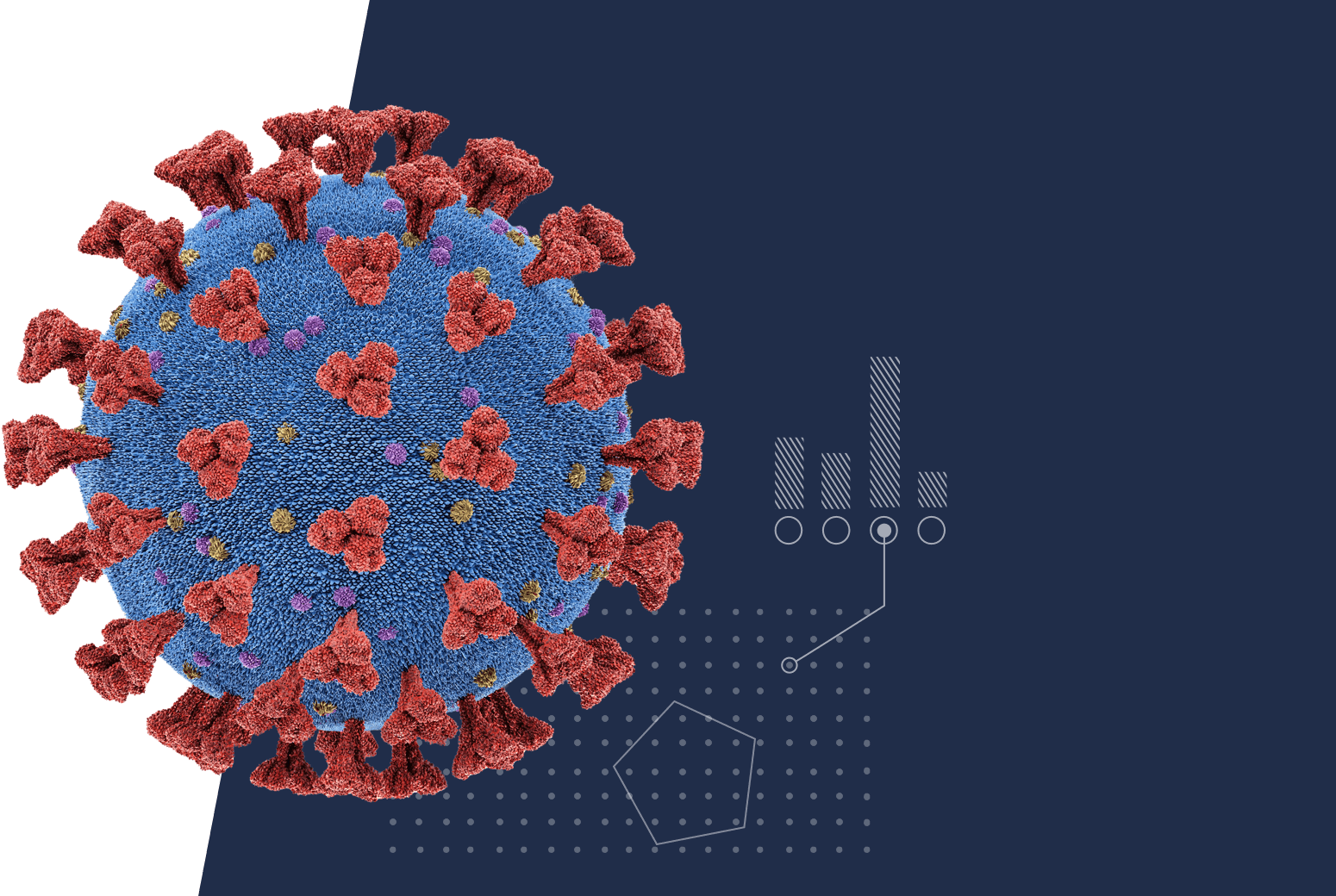What is the current infection situation in Austria?
Infection figures are on the rise again, which should come as no surprise in the fourth year after the emergence of Sars-CoV-2. We are now in a phase “where we see clear waves of infection every few months. After a quiet summer, it’s on again,” says researchers from Complexity Science Hub Vienna and the Medical University of Vienna.
The rising infection numbers are also reflected in the SARI dashboard, which provides information on inpatient hospital admissions with respiratory illnesses. There were recently about 155 recorded inpatient admissions in calendar week 34 (up from 37 in week 28). Klimek said the number of COVID-19 patients in hospitals is at a “low level” compared with 2020 and 2021.
Have “Eris” and “Pirola” already been detected in Austria?
Short answer: “Eris,” yes; “Pirola,” no. Klimek sees mainly new variants such as EG.5, i.e., Eris, as drivers of infection events. Andreas Bergthaler, the virologist from the Medical University of Vienna, sees additional factors that favour a plus in cases, as he recently told the Kleine Zeitung: “There is the behaviour of people; they have more contacts again through restaurant visits, events, and vacations. We wear fewer masks and keep less distance. “Eris” is the dominant variant in Austria, with more than 40 percent in recent weeks, as well as in many other countries, Bergthaler said.
Variant BA.2.86, or “Pirola,” has not yet been detected in Austria or Germany (as of Sept. 7, 2023) but has been caught in Switzerland. Overall, however, the confirmed cases seen are still low; according to the WHO, 42 cases have been confirmed in eleven countries worldwide. Since mid-August, it has also been under special observation by the WHO.
What is new about the new variant?
Let’s start with “Eris” (EG.5). Like “Pirola,” it is a descendant of the Omicron family. Some mutations help it subvert the body’s immune response. That means, translated, that you can get infected with it a little easier than with other variants. “There is no evidence with this variant that it is fundamentally more dangerous than other variants,” Bergthaler says.
“Pirola” is a surprise because it is a descendant of Omikron sub-variant BA.2, which hardly circulates anymore. “It is assumed that probably in an immunocompromised patient this variant circulated for months and adapted there with further mutations,” says virologist Sandra Ciesek, director of the Institute of Medical Virology at the University Hospital Frankfurt. But not much is known about the new variant yet – this is also due to the small number of cases. It could still play a role in the future, “but there is some evidence that this variant is less infectious than assumed and does not have quite as strong immune escape properties,” says Bergthaler.
How well do the adapted vaccines protect?
The adapted COVID vaccines that have arrived in Austria these days have been adapted to the widely used Omicron variant XBB.1.5. According to Bergthaler’s assessment, these will also cover Pirola “relatively well.” At this point, he said, there is “not much potential for an outbreak. “The virus is changing; we have immunity, and at the same time, it’s heading towards winter and infection numbers will increase.”
Leif Erik Sander, director of the Department of Infectious Diseases at Berlin’s Charité University Hospital, cautions that there is still little published data on the new vaccines. “Currently, there are only preprints and they show exactly what could be expected, that the antibody response is broadened again by a booster with the XBB.1.5-matched vaccination and that antibodies are then also formed that better able to neutralize this variant.” And on the protective effect: “So, at the moment, it looks like we have vaccines that are good at neutralizing the currently circulating variants.”
How should people protect themselves?
Bergthaler sees a big difference between the current situation and the pandemic’s start. “The big difference with 2020 is that the immune system of most is now well trained through vaccinations or even natural infections, which is why a low number of severe cases in the population is to be expected. In addition, we can better assess the COVID risk, although there are still important open questions, especially about post-viral problems such as long COVID,” Bergthaler points out.
One way to protect yourself is to use a mask. It’s best to keep an eye on the infection situation; resort to them if cases increase. For example, in elevators or public transportation, or, in other words, anywhere where many people are in a confined, poorly ventilated space,
The second option is vaccination. The new vaccination recommendations were recently published. In general, the booster is recommended for all people over the age of twelve. But mainly people over 60 with immune systems and health care workers.
- source: kleinezeitung.at/picture: pixabay.com
This post has already been read 3634 times!



